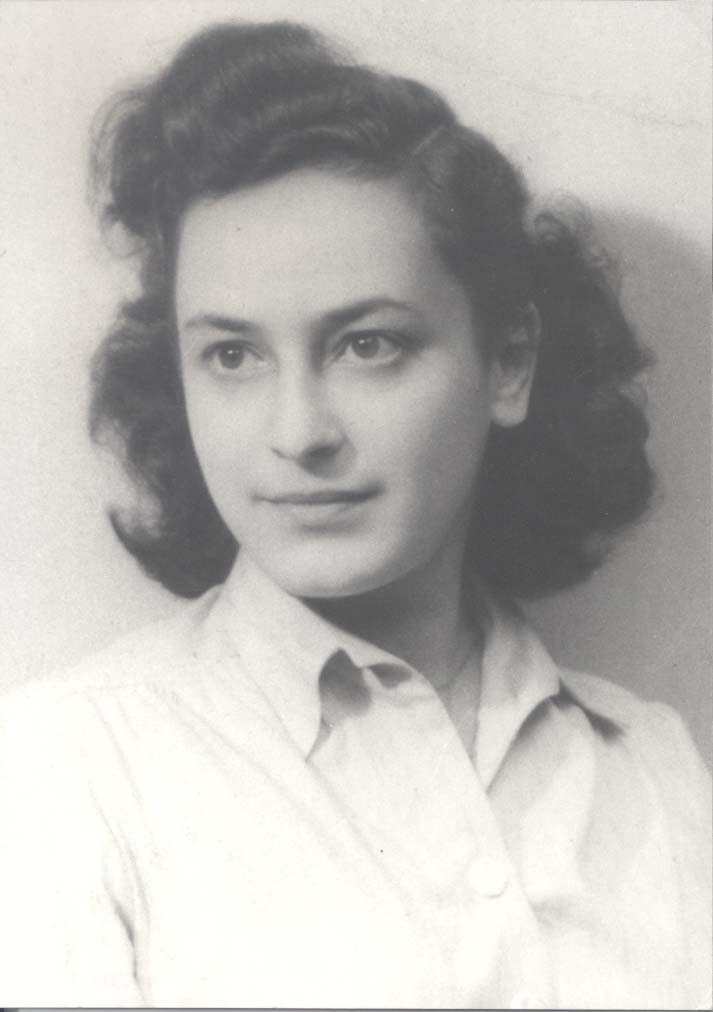The Clark Humanities Museum of Scripps College is pleased to host the West Coast debut of Hélène Berr: A Stolen Life, a powerful exploration of the Holocaust as told through the journal entries of a 20-year-old Jewish woman living under the Vichy regime. On loan from the Mémorial de la Shoah, the Holocaust Museum in Paris, the exhibition is on view January 22-February 28, 2019. Visiting hours are 9:00 a.m.-12:30 p.m.
Journals written by Jews during the Holocaust in Western Europe are rare: Despite their persecution by the Vichy government under German rule, French Jews were not as aware of the imminent death that motivated Jews in the Polish ghettos and elsewhere to leave detailed records. Yet one journal depicts, in minute and wrenching detail, the horrors of the Holocaust in France: The Journal of Hélène Berr.
When she began writing in 1942, Berr was 20 years old and studying English at the Sorbonne. She wrote in her journal daily until March 1944, when she was arrested and deported to Auschwitz with her parents. She died in Bergen-Belsen in 1945, days before the camp was liberated.
“A recent study found that two-thirds of millennials cannot say what Auschwitz is, so public education about the Holocaust is essential right now, especially in light of the recent synagogue shooting in Pittsburgh,” says Visiting Associate Professor of French Studies Emilie Garrigou-Kempton, who is organizing the event at Scripps. “And there are levels of engagement for everyone, from high school students to community members to scholars. It’s a unique opportunity to see material curated by one of the most well-respected holocaust museums in the world, the Mémorial de la Shoah.”

Hélène Berr’s official portrait, 1942
© Mémorial de la Shoah – Coll. Mariette Job
Hélène Berr: A Stolen Life includes entries from Berr’s journal and artifacts from her own life and from France under the Vichy regime. Documents detailing anti-Semitic legislation and the Jewish resistance are also on view, as well as a documentary film, History of the Manuscript, and interactive touchscreen displays that accompany the artifacts.

Page extracted from the manuscript of Hélène Berr’s Journal
© Mémorial de la Shoah – Coll. Mariette Job
“The Journal of Hélène Berr is a very precious document, since it offers us a strong indication of the ways in which the Jews in France perceived the persecution,” according to the Mémorial de la Shoah. The text is also noted for its “exceptional literary quality . . . [and] reveals a real premonition of the inescapable, exemplified with the last lines of her journal, ‘Horror! Horror! Horror!'”

